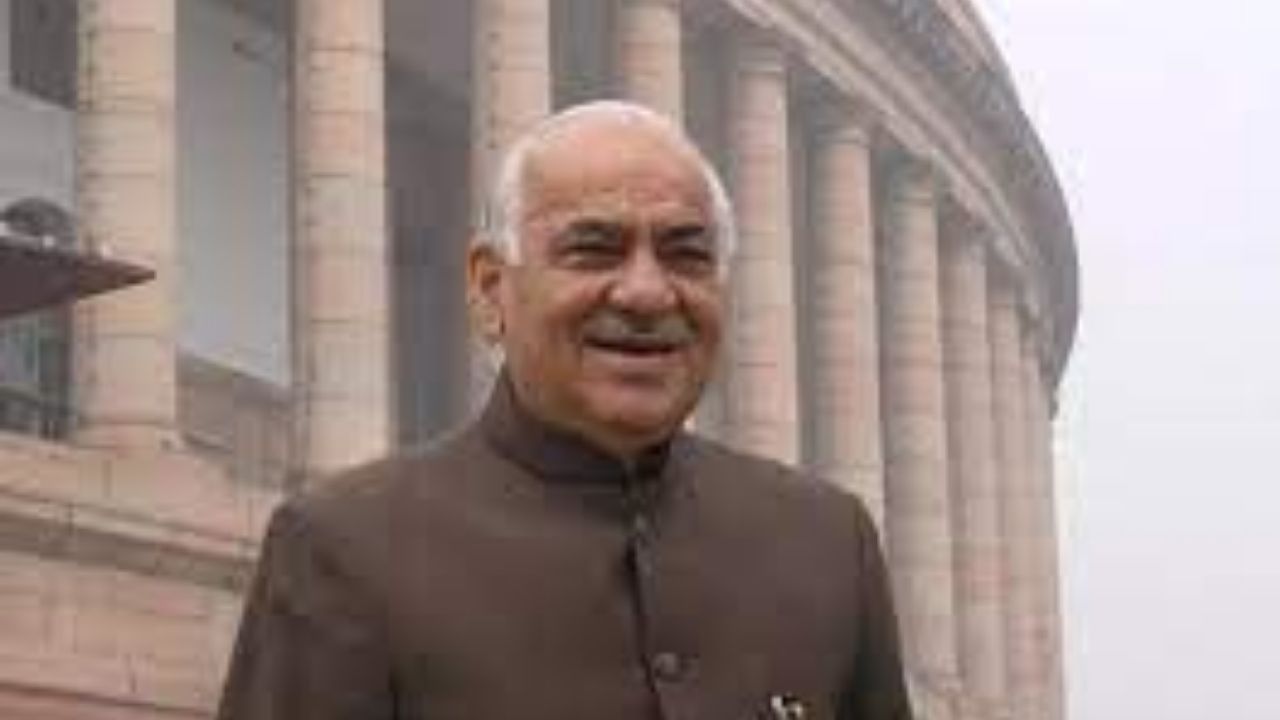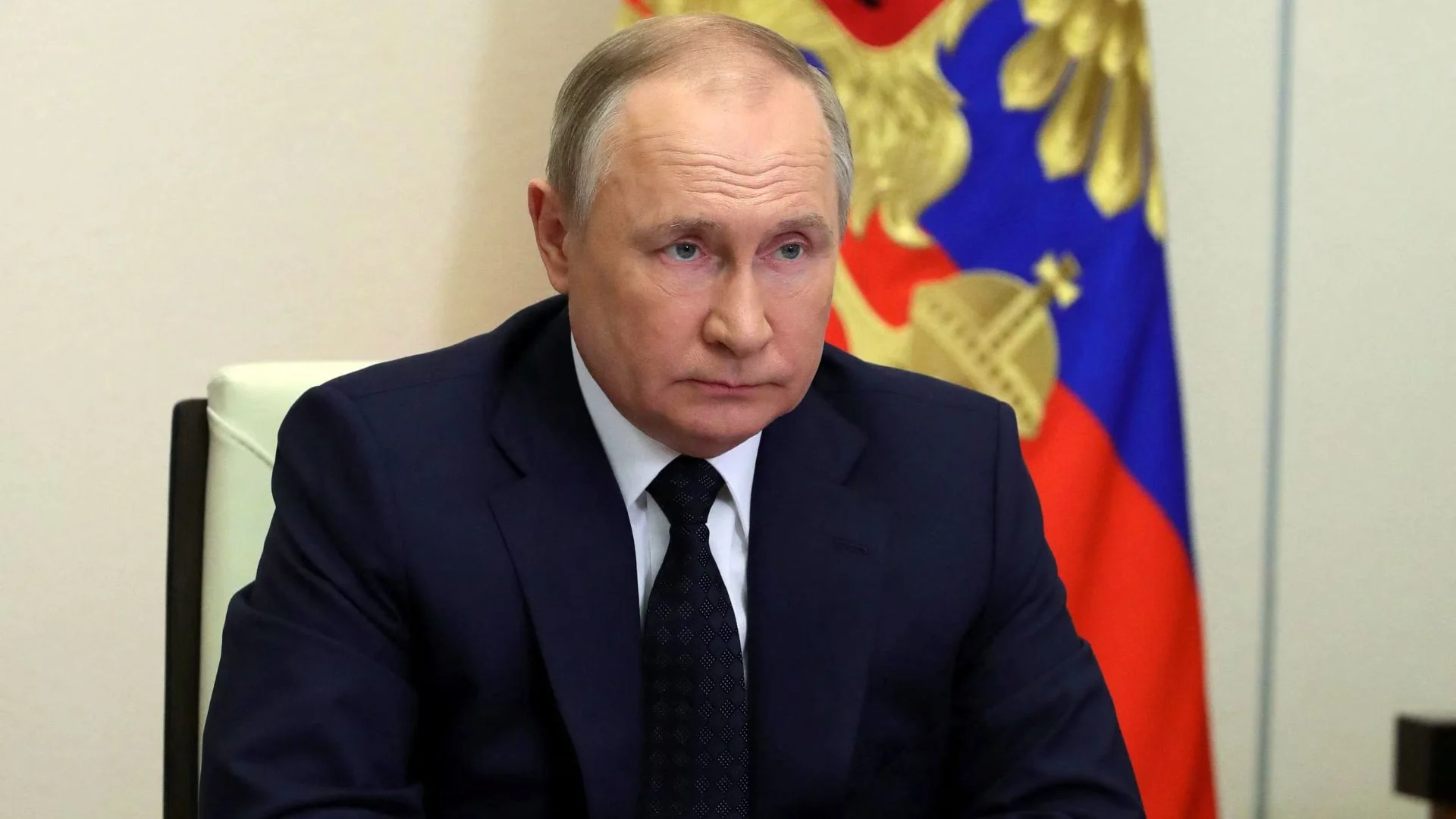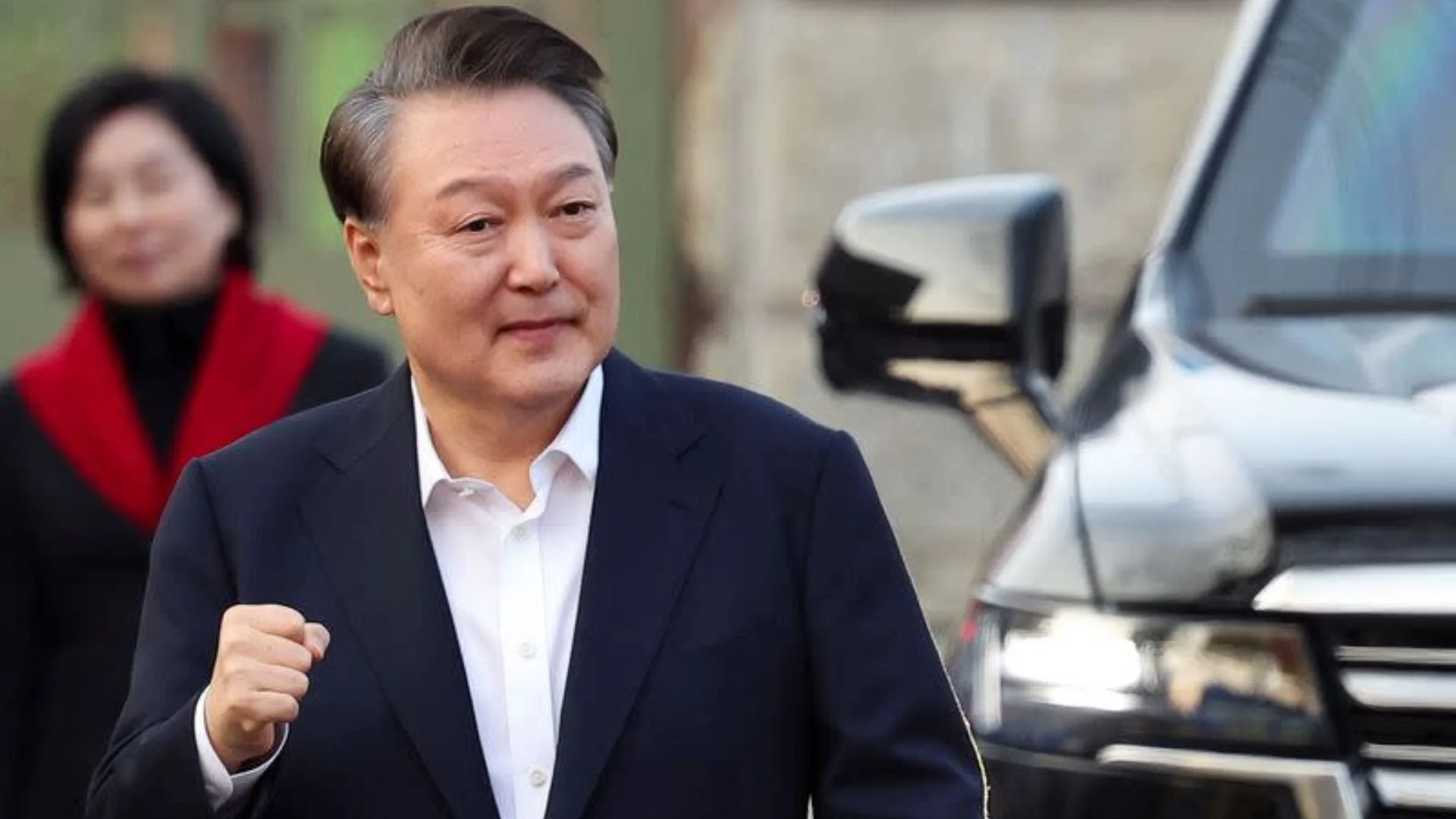He would have been 87 years old on Sunday if he had lived. Madan Lal Khurana was indeed one of the most iconic leaders of Delhi, and was the architect of the Bharatiya Janata Party in the capital, in the same manner as Lal Krishan Advani, was in the 1980s and 1990s responsible for its growth nationally. Khurana was the first Chief Minister after the new legislative Assembly was created in 1993 and though his tenure was short, he would always be remembered for his enormous achievements. Ambitious projects such as the Delhi Metro rail services as well as the flyovers at Dhaula Kuan and the AIIMS-Safdarjung hospital crossing were all initiated while he was in power. Delhi has produced three iconic leaders in Chaudhury Brahm Parkash, HKL Bhagat and Madan Lal Khurana. All of them contributed to the city as well as to the organizations they represented. Several of the new generation leaders in the Congress and BJP did their apprenticeship under these stalwarts, and thus owe their later status to them, literally and in every manner. Many would argue that after winning twice in the Assembly elections, Arvind Kejriwal has also elevated himself to the same level. This could be true in a sense, but none of the Aam Aadmi Party leaders have been able to raise their political stature during his stewardship; Manish Sisodia was the nuts and bolts man, but is now in jail facing allegations of corruption in the liquor scam, and many others who helped in putting the AAP together have left and are in other outfits. Khurana was an exceptional leader and would serve people without trying to know their political ideology. Anyone who came to him never went back disappointed, as his Delhi Darbar, was meant to solve problems on a daily basis. There were other top leaders in the BJP as well but Khurana who was a street fighter had a better connect with the workers as well as the masses. Vijay Kumar Malhotra, his senior and perhaps the senior most party leader nationally from the Jana Sangh days had a very successful innings as the Chief Executive Councillor between 1967 and 1972. It was the Jana Sangh time then. But when the BJP was formed, Khurana, Malhotra and Kidar Nath Sahani were the spearheads of their party. When he took over as the Delhi BJP Chief from Malhotra, not a day passed when he did not organize some demonstration or the other against various civic agencies or the police. He kept the party in news on every occasion. It is therefore not surprising that Khurana won 10 out of the 11 elections he contested form Delhi, more than anybody else. The only time he lost was in the 1984 Lok Sabha polls following Indira Gandhi’s assassination. I was there at the counting at Ludlow Castle and when Khurana discovered that he had led by only 1500 votes from his own Kirti Nagar/Moti Nagar segment, he conceded defeat then and there. Asked why he had done it since the counting was far from over, he replied that if in Kirti Nagar, he was winning by only 1500 votes instead of 15000, where was the hope. Such was his pragmatism. Internal politics of the BJP came in the way of Khurana contributing more to the city. He had resigned from the Chief Ministership in February, 1996 to express solidarity with Advani whose name figured in the Jain Hawala diaries. However, the party deprived him of the position subsequently knowing fully well that he was the only trump card in their pack so far as Delhi was concerned. First instead of bringing him back after a decision was taken to remove Sahib Singh Verma in 1998, Vajpayee and Advani reversed their ruling and appointed a reluctant Sushma Swaraj as the Chief Minister. After the BJP lost and Sheila Dikshit came to power, Advani and Vajpayee for some odd reason were more comfortable with her. In 2003, the charge was that wrong distribution of tickets by the BJP central leadership led to its defeat and to prevent Khurana from becoming the leader of Opposition, he was appointed Governor of Rajasthan.
The Delhi strongman had been a Union Minister in the Vajpayee government but was made to quit as part of political machinations which did not work out well. After the Congress returned to power in 2004, there was no plan to replace Khurana as the Rajasthan Governor, but both Ahmed Patel and Lalu Prasad Yadav lured him to quit in exchange of a Rajya Sabha berth, which the BJP was not willing to give and in view of the fact that Khurana wanted to return back to active politics. Khurana resigned but Patel and Lalu stopped taking his calls. He was deceived the second time; the first was when Vajpayee and Advani dispensed with his services to Delhi keeping their own broader political interests in mind. For Khurana both Vajpayee and Advani were Gods and he was greatly inspired by Dr Murali Manohar Joshi, who guided him during his student days at the Allahabad University. He was heartbroken when Vajpayee and Advani let him down. There has not been a leader like Khurana in the BJP, and it is not surprising that after the defeat in 1998, the party has never won the Assembly elections in Delhi. Perhaps it is because of the injustice meted out to a man who wanted to be a priest in the temple that was Delhi. His legacy lives on in many ways; his younger son, Harish Khurana and grandson, Shivam Chabbra, are serving the party. Many in the party also feel that his daughter-in-law Vandana Khurana, elder son’s wife, could be a very strong candidate for a Lok Sabha seat in Delhi. However, this would be the BJP High Command’s call..

















